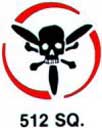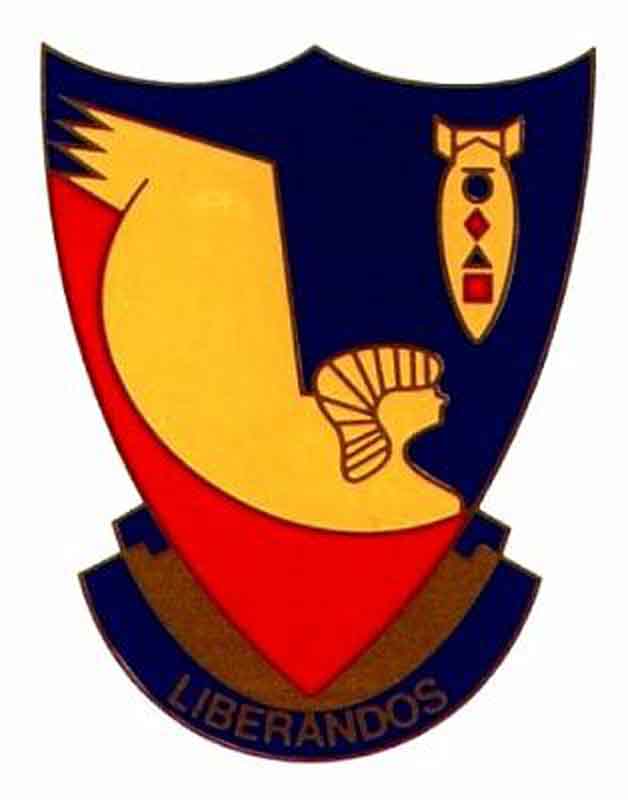Alfred E. Berger
Post Japanese Surrender
The Japanese surrender changed the course of the San Antonio base. It became a base to entice airmen who were approaching discharge from the AAF to re-enlist. There were Mexican girls hired to work in the mess halls, all the milk you could drink, the Post Exchange had free milkshakes or ice cream and other things to entice you.
As for me they checked my civilian MOS, found it to be draftsman and decided to keep me in San Antonio. I was dropped from flying status, thus ending my career as an aerial gunner, and assigned to the post sign and poster building for "on the job training", since I was not yet eligible for discharge. I still needed six points to be eligible that were based on months of service and where they were served.
For the first time in my military life, I became permanent party. It was not a bad deal, just about like having a civilian job, except you were still under military regulations.
Our boss was Captain Kincaid; his secretary was a gal named Martha Jean Elias, and when she saw I was from York. Pa she told me she was related to Edward Elias, who was then head of the Penn State York Extension School. I was familiar with him as I attended classes there while I was working at York Corporation between high school graduation and enlistment in the AAF. She was a very nice girl who invited me to Thanksgiving dinner, including transportation from and return to the base. The rest of the crew was a mixture of sign painters and artists. Corporal Satchel was married and lived off base. He made contacts with local storeowners in town and made displays for store windows, on the side. A fellow named Armstrong was a cartoonist and he would draw cartoons and send them to magazines to have them published. John Welsh and Hadeke were married and lived off the base. Bob Smith and Jonn Snitzel rounded out the rest of the department.
Our work was to make signs and posters for use around the base. Some were painted by hand and others where multiples were needed were silk-screened. This required templates to be cut for the silk screens, which was a film on waxed paper, and cut with a sharp pointed knife carefully cutting through the film, but not the waxed paper. I picked up a lot of pointers on sign making and lettering that created an interest in commercial art.
Being permanent party was much different than I was used to, We pretty much were free to come and go when not during working hours. Going into town, visiting the Alamo, the San Antonio River, Breckenridge Park, high school football games on Friday nights, picnics on Sunday afternoons were some of the things we did to kill our time off of work.
Smitty was from Beaver, Pa. and Snitzel was from Rochester, New York, a former employee of Eastman Kodak. We lived in the same barracks and became off duty friends, spending our off duty time together. Snitzel found out about life drawing classes at Breckenridge Park and we attended about four of them. Also at the park they had a reptile garden and one night a week they would kill a rattlesnake, cook it and offer a sandwich to anyone who wanted one, which didn't appeal to me.
After about six months and the fact that I had enough points to leave the military I still wasn't enticed to re-enlist, so on January 24, 1946, I was discharged, given a train ticket from San Antonio to York Pa and I headed home.
Spending a few days less than two years in the service gave me not only a chance to see much of the United State but some of southern Europe, although much of that was from twenty thousand feet in the air, a little of Africa, and the Azores. Before the service my travels were limited to northern New Jersey, New York to the north, Pittsburgh, Pa. to the west, and Washington D.C, and northern Virginia to the south.


The website 376bg.org is NOT our site nor is it our endowment fund.
At the 2017 reunion, the board approved the donation of our archives to the Briscoe Center for American History, located on the University of Texas - Austin campus.
Also, the board approved a $5,000 donation to add to Ed Clendenin's $20,000 donation in the memory of his father. Together, these funds begin an endowment for the preservation of the 376 archives.
Donate directly to the 376 Endowment
To read about other endowment donation options, click here.
Reunion
NOTE change in the schedule !!
DATES: Sep 25-28, 2025
CITY:Rapid City, SD
HOTEL: Best Western Ramkota Conference Hotel; 2111 North LaCrosse St., Rapid City, SD 57702; 605-343-8500
Click here to read about the reunion details.



















